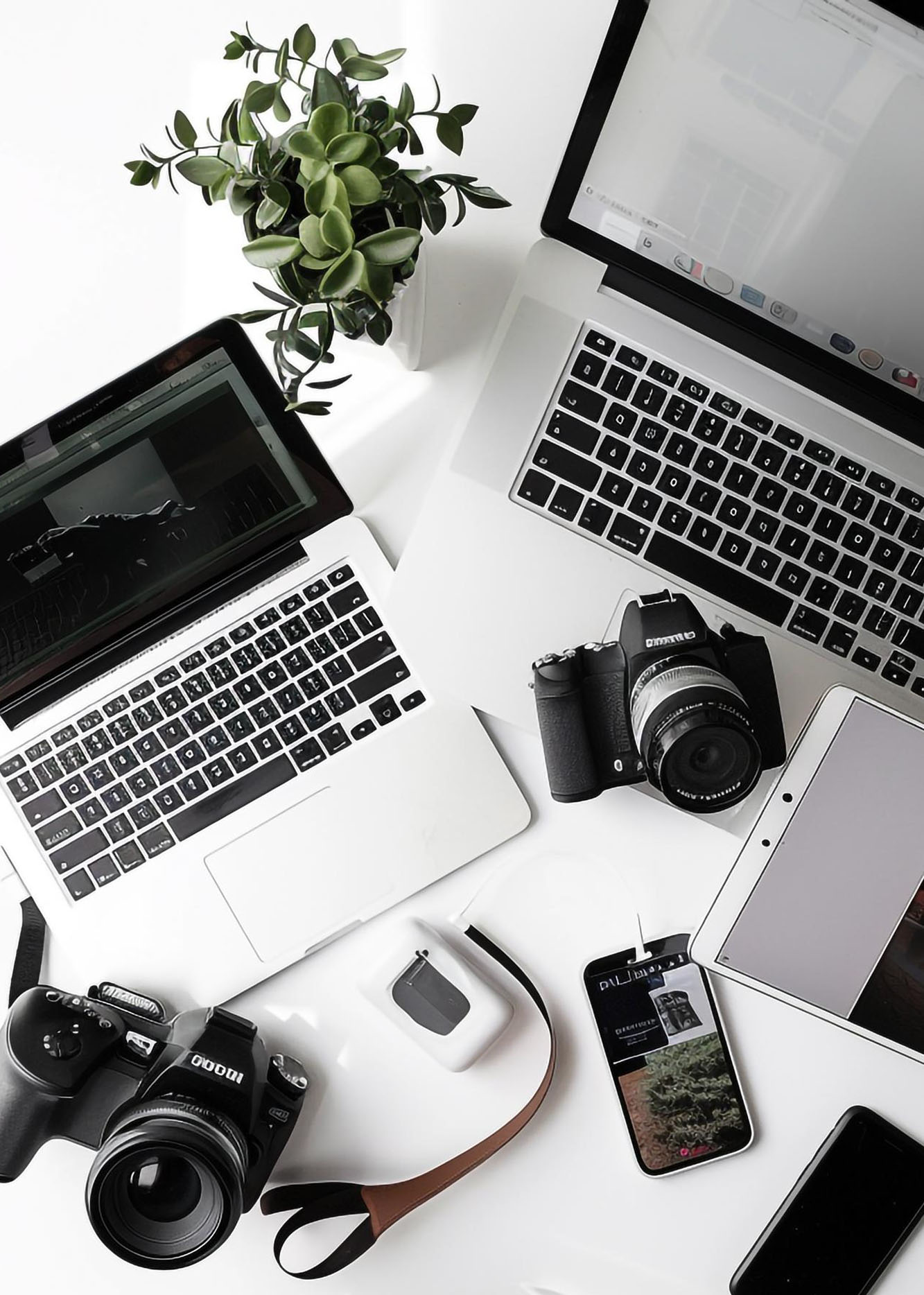Choosing the perfect laptop can be a daunting task, given the multitude of options available on the market today. Whether you need a laptop for work, gaming, or casual use, understanding your specific needs and the features of various models can help you make an informed decision. This guide will walk you through the key considerations to ensure you choose the best laptop for your needs.
1. Determine Your Primary Use Case
Before diving into the technical specifications, it’s crucial to identify the primary purpose of your laptop. Are you a student who needs a portable device for note-taking and research? A professional looking for a high-performance machine for work tasks? Or a gamer seeking a laptop with powerful graphics capabilities? Knowing your primary use case will narrow down your options significantly.
For Students:
- Lightweight and portable
- Long battery life
- Enough power for multitasking and running educational software
For Professionals:
- High performance and reliability
- Excellent build quality
- Adequate storage and RAM
For Gamers:
- Powerful GPU and CPU
- High refresh rate display
- Efficient cooling system
2. Choose the Right Operating System
The operating system (OS) is the backbone of your laptop’s software environment. The most common operating systems are Windows, macOS, and Linux. Each has its strengths and weaknesses, so your choice will depend on your personal preference and specific needs.
Windows:
- Widely used and versatile
- Compatible with a vast array of software
- Suitable for both work and play
macOS:
- Smooth and intuitive user experience
- Great for creative professionals (photo/video editing, design)
- Seamless integration with other Apple products
Linux:
- Open-source and customizable
- Preferred by developers and tech enthusiasts
- Secure and efficient
3. Consider the Specifications
Understanding the key specifications of a laptop is essential in choosing the right one. Here are the main components to consider:
Processor (CPU):
- The brain of your laptop, affecting overall performance
- Intel and AMD are the primary manufacturers
- For basic tasks: Intel Core i3 or AMD Ryzen 3
- For moderate tasks: Intel Core i5 or AMD Ryzen 5
- For high performance: Intel Core i7/i9 or AMD Ryzen 7/9
Memory (RAM):
- Affects multitasking capability and speed
- Minimum: 4GB (for basic use)
- Recommended: 8GB (for most users)
- Optimal: 16GB or more (for heavy multitasking and professional use)
Storage:
- Determines how much data you can store
- HDDs are cheaper but slower
- SSDs are faster and more reliable
- For speed and performance: Opt for an SSD with at least 256GB of storage
Graphics (GPU):
- Important for gaming, video editing, and graphic design
- Integrated GPUs (suitable for basic tasks)
- Dedicated GPUs (necessary for gaming and professional graphics work)
4. Display and Resolution
The display is one of the most important aspects of a laptop, as it determines your visual experience. Key factors include size, resolution, and panel type.
Size:
- 13-14 inches: Portable and lightweight, suitable for travel
- 15-16 inches: Balanced, suitable for most users
- 17 inches and above: Large screen, ideal for gaming and professional use
Resolution:
- Full HD (1920×1080): Standard, suitable for most tasks
- 4K (3840×2160): High resolution, ideal for creative professionals
Panel Type:
- IPS: Great color accuracy and viewing angles
- TN: Faster response times, suitable for gaming
- OLED: Best color and contrast, suitable for high-end use
5. Battery Life
Battery life is a crucial consideration, especially if you need a laptop for on-the-go use. Look for a laptop that offers at least 8 hours of battery life for all-day usage. Keep in mind that battery life can vary based on your usage patterns and the laptop’s power settings.
6. Ports and Connectivity
Ensure the laptop has the necessary ports and connectivity options for your needs. Common ports include USB-A, USB-C, HDMI, and headphone jacks. Additionally, consider laptops with Thunderbolt 3/4 ports for faster data transfer and versatile connectivity.
7. Build Quality and Keyboard
A laptop’s build quality affects its durability and usability. Look for laptops with sturdy construction and premium materials. The keyboard and trackpad should also be comfortable and responsive, as these are essential for long hours of use.
8. Budget
Finally, consider your budget. Laptops are available at various price points, so it’s important to balance your needs with your budget. While it’s tempting to go for the cheapest option, investing a bit more in a quality laptop can save you from future frustrations and additional costs.
Budget Categories:
- Budget: Under $500 (basic use)
- Mid-range: $500-$1000 (balanced performance and features)
- High-end: $1000 and above (premium features and performance)
Conclusion
Choosing the perfect laptop involves careful consideration of your specific needs and preferences. By understanding your primary use case, selecting the right operating system, and focusing on key specifications, you can find a laptop that meets your requirements and enhances your productivity. Remember, the best laptop is the one that aligns with your needs and budget, providing a reliable and enjoyable computing experience.















































 Men’s Clothing
Men’s Clothing Men’s Shoes
Men’s Shoes Men’s Accessories
Men’s Accessories Women’s Clothing
Women’s Clothing Women’s Shoes
Women’s Shoes Women’s Accessories
Women’s Accessories Children’s Clothing
Children’s Clothing Children’s Shoes
Children’s Shoes Children’s Accessories
Children’s Accessories Computers
Computers Computer Accessories
Computer Accessories Printers
Printers